'Circus'
New PBS doc 'Circus' goes behind the Big Apple curtain to reveal world of wonders
 David Hinckley
David HinckleyWednesday, November 3rd 2010, 4:00 AM
PBS' 'Circus' documentary takes an unforgettable trip from the big top to the back lot with diverse characters who make up the legendary Big Apple Circus.
Most of us probably wouldn't want to live in the circus, but this new six-hour documentary from PBS sure makes it an interesting place to visit.
The filmmakers spent a year with the Big Apple Circus, which regularly sets up here for a long run (it's at Lincoln Center now), but also does enough traveling to average 350 shows a year.
Big Apple sells itself as a European-style circus, meaning it has a single ring in which all the action takes place. This sets it apart from, say, the bigger, gaudier three-ring Ringling Bros. and Barnum & Bailey circus.
This three-night doc, "Circus," suggests, however, that the backstage experience might be similar whether there was one ring or 21.
That backstage experience, the heart of this production, starts by confirming something most people might write off as mythology: that the circus is a place you run away to join.
For more than a few people here, that's exactly what it is.
Most romantically that includes one worker who says, cryptically, "I came here with some baggage."
We get a deeper look at Glenn Henry, a man probably in his 40s whose baggage includes performing on New York street corners to make enough money to buy dinner that night. For years, he says, he wanted to run away and join the circus. Now he has.
It helped that he was already working as a clown. Still, the difference between being a regular clown and being a circus clown turns out to be like the difference between applying a Band-Aid and performing surgery.
The circus even has a term for rookies: "First of May" clowns.
Henry's story is a good one, elevated by his sheer enthusiasm.
Much of "Circus" doesn't make the traveling life sound very glamorous. The crew lives in trailers with no individual bathrooms. Sanitation can be marginal, privacy and comforts hard to come by.
Yet the performers seem to have a real intensity. Unlike people in other fields, even entertainment, there's little sense that a performance is something you walk through to collect your check.
A number of entertainment enterprises, like sports teams, talk about being a family, and at times, that may be true. A circus crew feels like it's a family whether the members want it to be or not, because of the physical proximity and the interdependence of performers and crew.
When Elizabeth comes in on crutches, and she was going to be the fourth flier in the trapeze act, that reshuffles the whole deck.
When Heidi's circus husband suddenly has to leave, she must decide whether to quit a job she likes so she can follow him.
These aren't the easiest of times for the Big Apple Circus, and paradoxically, that adds more flavor to this production.
Whether the people here are fifth-generation circus or they ran away to join it, their lives make for a good tale.
Read more: http://www.nydailynews.com/entertainment/tv/2010/11/03/2010-11-03_new_pbs_doc_circus_goes_behind_the_big_apple_curtain_to_reveal_world_of_wonders.html?r=entertainment#ixzz14DWQwxS4












































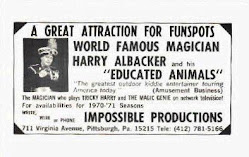

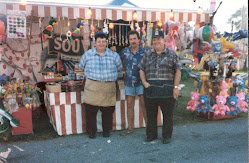




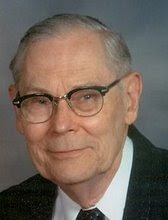
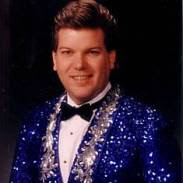


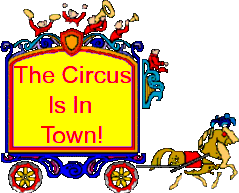


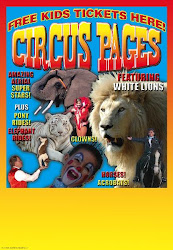

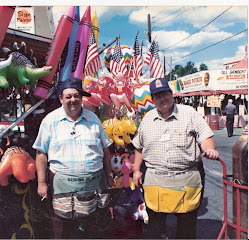
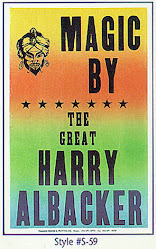











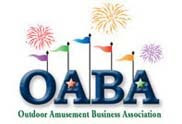



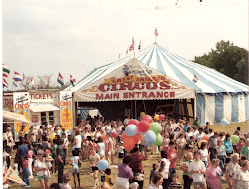









No comments:
Post a Comment